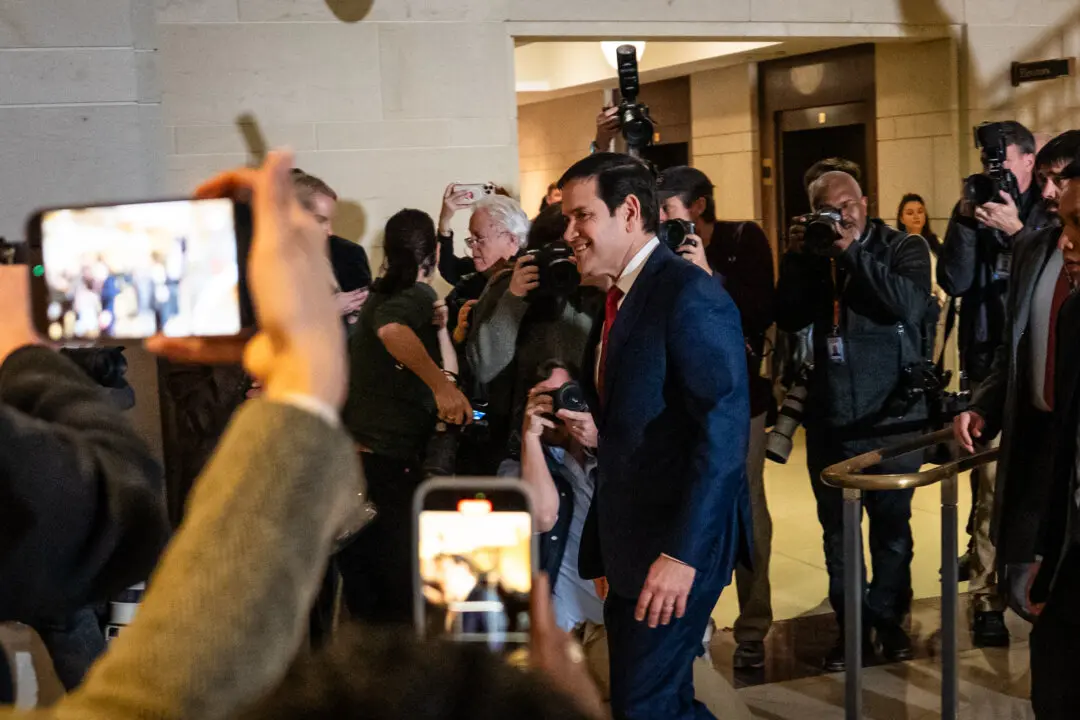News Analysis
The paths of the Senate-passed Infrastructure Investment and Jobs Act (IIJ) and Sen. Sanders’ (I-Vt.) $3.5 trillion spending package have been fraught with difficulties since their introduction, facing pushback by moderate Democrats and conservative Republicans in the House and Senate. Now, Democrats are looking to a new strategy to pass these broad pieces of legislation: Louisiana’s humanitarian crisis in the aftermath of the Category 4 Hurricane Ida.





